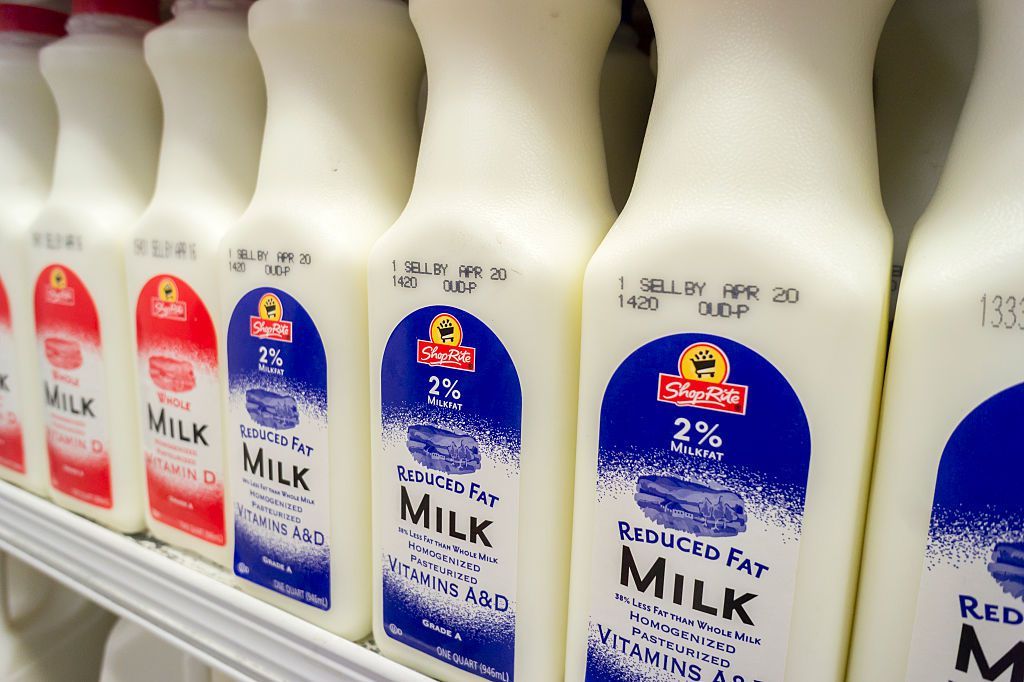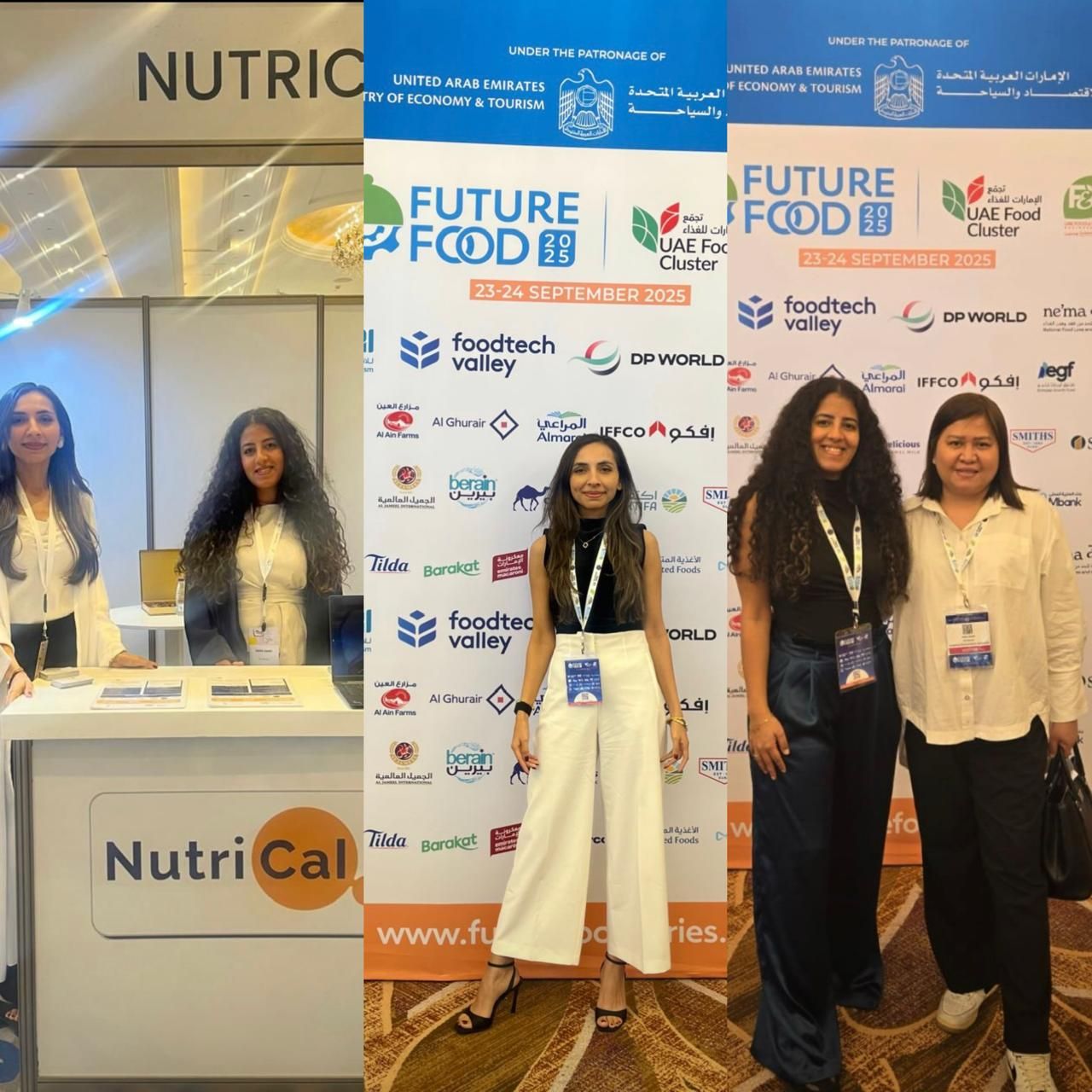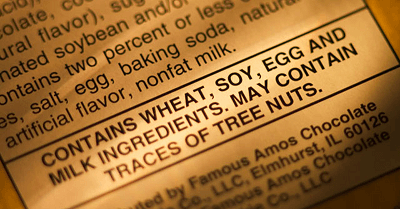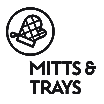Navigating Food Label Claims: Sugar, Fat, Protein, Fiber and More

As a food business owner, you already recognize that label claims are a powerful tool for marketing and consumer trust. However, each statement—whether it’s “no added sugar,” “high in protein,” or “low fat”—must meet stringent local and international guidelines. In this blog, we’ll go over key regulations and best practices for sugar, fat (including saturated fat), protein, fiber, vitamins, minerals, sodium, and energy claims. We’ll explore the rules behind each claim, why they matter, and how to stay compliant.
1. Sugar Claims
Common Terms:
• Sugar-Free
• Typically < 0.5 g sugar per 100 g/ml.
• Sweetness often comes from sugar substitutes (xylitol, aspartame).
• No Added Sugar
• No sugar or sugar-containing ingredients added.
• Natural sugars (e.g., from fruit or milk) may still be present.
• Low Sugar
• Generally ≤ 5 g sugar per 100 g (solids) or ≤ 2.5 g sugar per 100 ml (liquids).
• Reduced Sugar (less common in some markets)
• At least 25% less sugar than the standard version of the same product.
Why It Matters:
Excessive sugar intake is linked to weight gain, tooth decay, and metabolic concerns. Accurate sugar labeling helps consumers manage sugar intake. Businesses must ensure claims like “sugar-free” or “no added sugar” meet scientific thresholds and are regulator-approved (e.g., GCC, EU).
2. Fat Claims
Common Terms:
• Low Fat
• ≤ 3 g of fat per 100 g (solids).
• ≤ 1.5 g of fat per 100 ml (liquids).
• Fat-Free
• ≤ 0.5 g of fat per 100 g/ml.
Why It Matters:
Fat is essential for energy and nutrient absorption, but too much saturated or trans fat can harm heart health. Consumers look for “low fat” labels to identify “healthier” options, yet low-fat doesn’t always mean nutritious if sugar is added to compensate. Region-specific thresholds (e.g., Saudi FDA, EU, GCC) must be respected.
Saturated Fat Claims
Additional Terms:
• Low Saturated Fat
• Sum of saturated (and trans) fatty acids ≤ 1.5 g per 100 g (solids) or ≤ 0.75 g per 100 ml (liquids).
• Must not provide more than 10% of energy from saturates.
• Saturated Fat-Free
• Sum of saturated (and trans) fatty acids ≤ 0.1 g per 100 g or 100 ml.
Why It Matters:
Excessive saturated fat is associated with raised cholesterol levels and cardiovascular risks. Low saturates or saturate-free claims help consumers identify products beneficial for heart health.
3. Protein Claims
Common Terms:
• Source of Protein
• ≥ 12% of the product’s total energy from protein.
• High Protein
• ≥ 20% of the product’s total energy from protein.
Why It Matters:
Protein is key for muscle repair, immune function, and hormone production. Athletes, older adults, and those with higher protein needs look for verified protein claims. Under GCC or SFDA guidelines, the percentage of total energy from protein must be verified.
4. Fiber Claims
Common Terms:
• Source of Fiber
• ≥ 3 g fiber per 100 g or ≥ 1.5 g fiber per 100 kcal.
• High Fiber
• ≥ 6 g fiber per 100 g or ≥ 3 g fiber per 100 kcal.
Why It Matters:
Fiber aids digestion, supports gut health, and helps regulate blood sugar. Correct fiber content and threshold alignment (e.g., EU 1924/2006) ensure consumer trust in “source of fiber” or “high fiber” labels.
5. Vitamins and Minerals Claims
Common Terms:
• Source of [Vitamin/Mineral]
• Generally ≥ 15% of the Nutrient Reference Value (NRV) per 100 g (solids) or 7.5% per 100 ml (liquids).
• High in [Vitamin/Mineral]
• Generally ≥ 30% NRV per 100 g (solids) or 15% per 100 ml (liquids).
Why It Matters:
Micronutrients like calcium, iron, vitamin C, and vitamin D are crucial for bone density, immune function, and more. Claims such as “high in calcium” or “source of iron” must align with local legislation (e.g., Dubai Municipality, GSO, or EU frameworks).
6. Sodium (Salt) Claims
Common Terms:
• Low Sodium/Salt
• ≤ 0.12 g sodium (or equivalent salt) per 100 g/ml.
• Very Low Sodium/Salt
• ≤ 0.04 g sodium (or equivalent) per 100 g/ml (excludes certain waters).
• Sodium-Free / Salt-Free
• ≤ 0.005 g sodium per 100 g/ml.
• No Added Sodium/Salt (where applicable)
• No sodium or salt added. Total sodium ≤ 0.12 g per 100 g/ml.
Why It Matters:
Excessive sodium intake is linked to hypertension and heart disease. Consumers watch sodium levels closely; correct “low sodium” or “salt-free” claims help them choose products aligned with health goals. Regulations differ among GCC and EU guidelines, so verifying numeric thresholds is essential.
7. Energy Claims
Common Terms:
• Low Energy
• ≤ 40 kcal per 100 g (solids) or ≤ 20 kcal per 100 ml (liquids).
• Energy-Reduced
• ≥ 30% fewer calories than a standard product.
• Energy-Free
• ≤ 4 kcal per 100 ml.
Why It Matters:
Energy (calorie) claims guide consumers managing weight or specific caloric intakes. Products labeled “low energy” or “energy-reduced” must strictly meet numerical criteria defined by international/local authorities.
Produce Compliant Health Claims with NutriCal
Accurate labeling is crucial for building trust and avoiding regulatory issues. NutriCal is designed to help food businesses:
• Calculate Nutrient Content
• Quickly determine if a product qualifies for “low fat,” “no added sugar,” “high in protein,” or “low sodium” claims.
• Generate Compliant Labels
• Produce labels matching GCC, Saudi FDA, or international guidelines in your local language.
• Adapt Recipes
• Adjust ingredients in real time to meet certain thresholds (e.g., reduce sugar or boost protein).
By using NutriCal, you streamline labeling compliance while ensuring transparency for your consumers.
Want the Full Guide to Nutrition & Health Claims?
Email us at info@nutrical.co to receive a free downloadable e-book covering all sugar, fat, protein, fiber, vitamin, mineral, sodium, and energy labeling claims, complete with regional thresholds and practical examples.
Have a specific product or claim in mind? Send us your requirements, and we’ll help you assess eligibility and compliance with GCC or international regulations.
Government Partnership
Coming Soon
Frequently Asked Questions
NutriCal provides comprehensive nutritional analysis beyond calorie counts, encompassing allergens, meal types, and customized food labels. You can also effectively manage recipes, tailor menus, and generate insightful reports.
NutriCal is an online platform accessible from anywhere with an internet connection. Our services have a global reach, with a strong focus in the GCC region.
NutriCal collaborates with a diverse range of establishments, including food brands, suppliers, retail chains, and restaurants in the GCC.
Absolutely! NutriCal offers a complimentary trial period. Reach out to us to initiate your trial experience on our platform.
For detailed pricing information, please get in touch with our dedicated sales team. Our pricing plans are flexible and tailored to suit your specific business requirements.
We provide both monthly and annual subscription plans, granting you the choice to select the payment option that aligns best with your preferences.
NutriCal allows seamless integration of missing ingredients through credible data sources, ensuring a complete and personalized database.
NutriCal's data originates from reputable sources such as USDA and undergoes rigorous theoretical analysis, ensuring utmost precision in nutritional calculations.


















